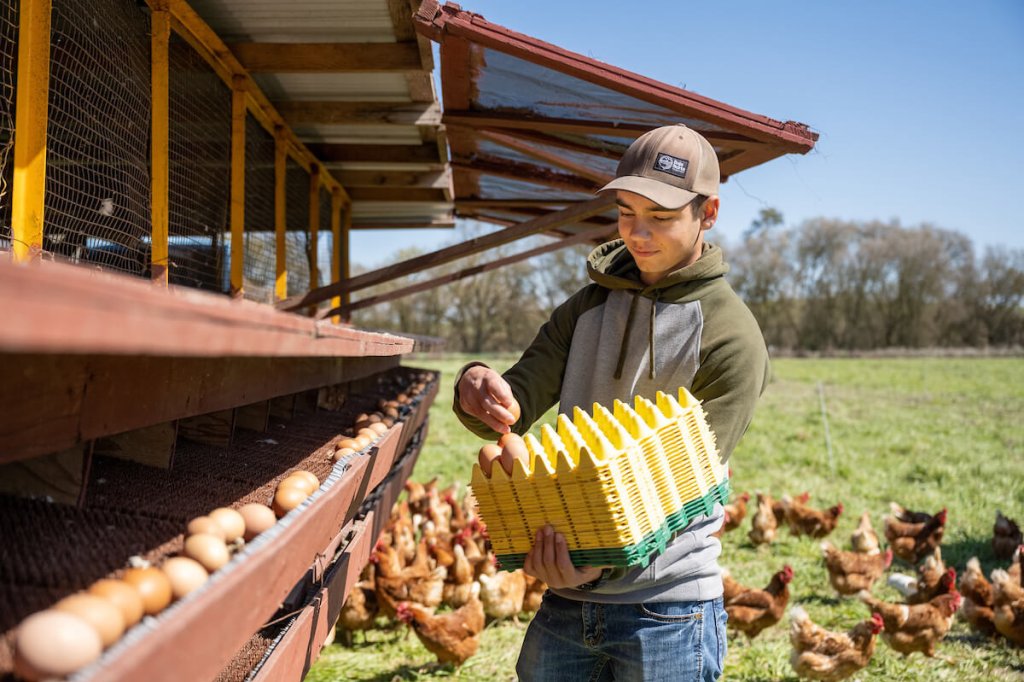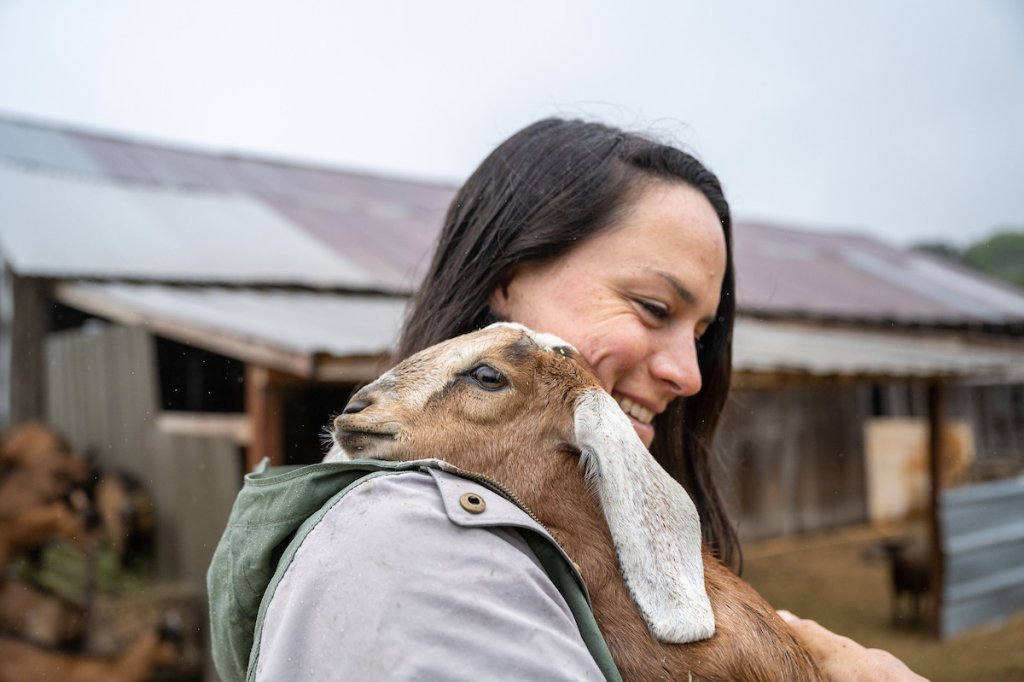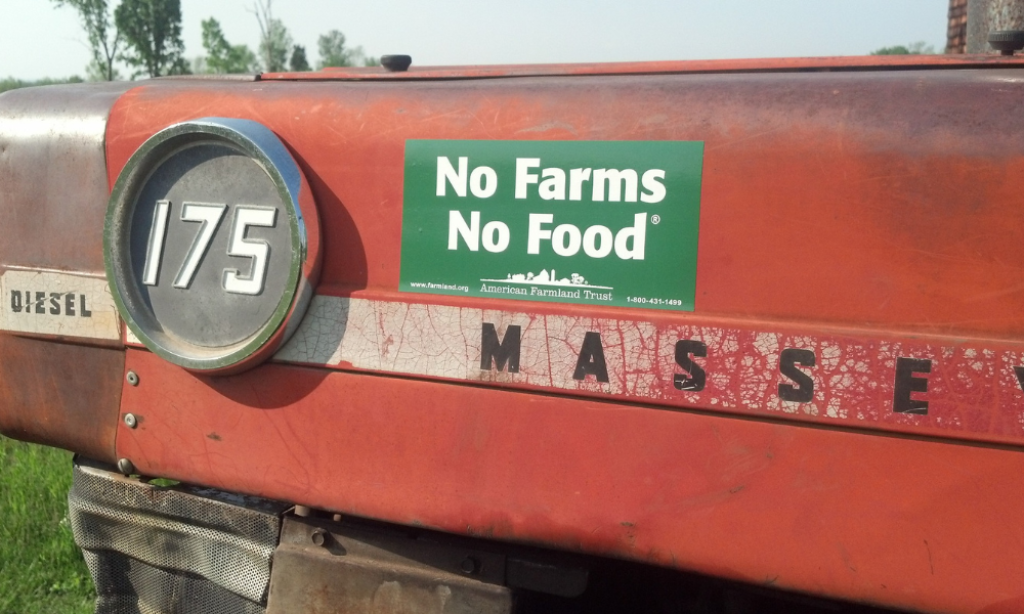Illinois Farm Case Study Demonstrates the Climate Mitigation Potential of Protecting Farmland
Recently, American Farmland Trust and The Conservation Fund released a new report that estimates the greenhouse gas (GHG) benefits of an agricultural conservation easement on a 103-acre farm in East Peoria, Illinois. The report, along with a two-page brief, webinar recording, spreadsheet tool, and demo video, are now available. These resources demonstrate the important role that farmland protection can play in climate mitigation avoiding GHG emissions, and they lay out the methodology that AFT is using to develop a tool that can be used around the country to calculate similar benefits.
Previous AFT research has shown that between 2001 and 2016, 11 million acres of U.S. agricultural land were lost to development, much of which was converted to low-density residential land use. Farmland converted to low-density residential use tends to be more energy intensive per household than smart growth urban development, i.e., in-fill of already developed areas. Thus, agricultural conservation easements that reduce residential sprawl and encourage in-fill of developed areas protect the land that sustains us and help avoid the excess GHG emissions associated with low-density residential development.
The report estimates that the easement on this farm in central Illinois potentially avoids over 19,500 metric tonnes of carbon dioxide equivalents in its first 30 years, equivalent to over 100 railcars’ worth of coal not burned. (The methodology looks at the first 30 years for the purpose of quantification, even though an easement is in perpetuity.) This easement lies within an Agricultural Preservation District, acting as a partition between the growing city of East Peoria and its neighbors. The easement also lies within the headwaters of Lick Creek, which flows through an assemblage of conservation lands before joining the Illinois River.
The Conservation Fund and other organizations involved in the Illinois Working Lands, Water, and Wildlife Conservation Partnership received a USDA Regional Conservation Partnership Program award, including $2.5 million for farmland protection easements. They identified the farm used in this case study as a conservation opportunity for its strategic location relative to urban development as well as wildlife habitat. The farm includes 34 acres of woods supporting wildlife habitat, water quality, and climate change mitigation.
“Our partnership was thrilled to have AFT’s science team help us understand how permanently protecting farmland can be part of Illinois’ approach to climate change,” said Emy Brawley, Illinois State Director for The Conservation Fund.
“This new study adds to the growing body of evidence that agricultural conservation easements have benefits for farmers, communities, ecosystems, and the planet,” said Bonnie McGill, Senior Climate and Soil Health Scientist at AFT. “We’re excited to further develop this area of research at AFT.”
The report also looked at the greenhouse gas emissions and reductions from how the farm’s cropland is managed. The easement climate benefit does not account for farm management practices because easements do not generally stipulate how farmland is to be managed. So the cropland management calculations are considered separately from the easement benefit in the report. The research team estimated that conventional corn-soybean rotation with tillage and without cover crops could emit the equivalent of about one-tenth of the climate benefit from the easement. A multi-practice conservation scenario including agroforestry practices could mitigate the equivalent of about one-sixth of the easement’s avoided emissions, putting in perspective the potential impact of agricultural conservation easements that act to reduce urban sprawl.
The two-page brief, full report, webinar recording, spreadsheet tool and video demo of the tool are available here. You can keep up to date on AFT’s work here on the climate benefits of farmland protection through agricultural conservation easements.





